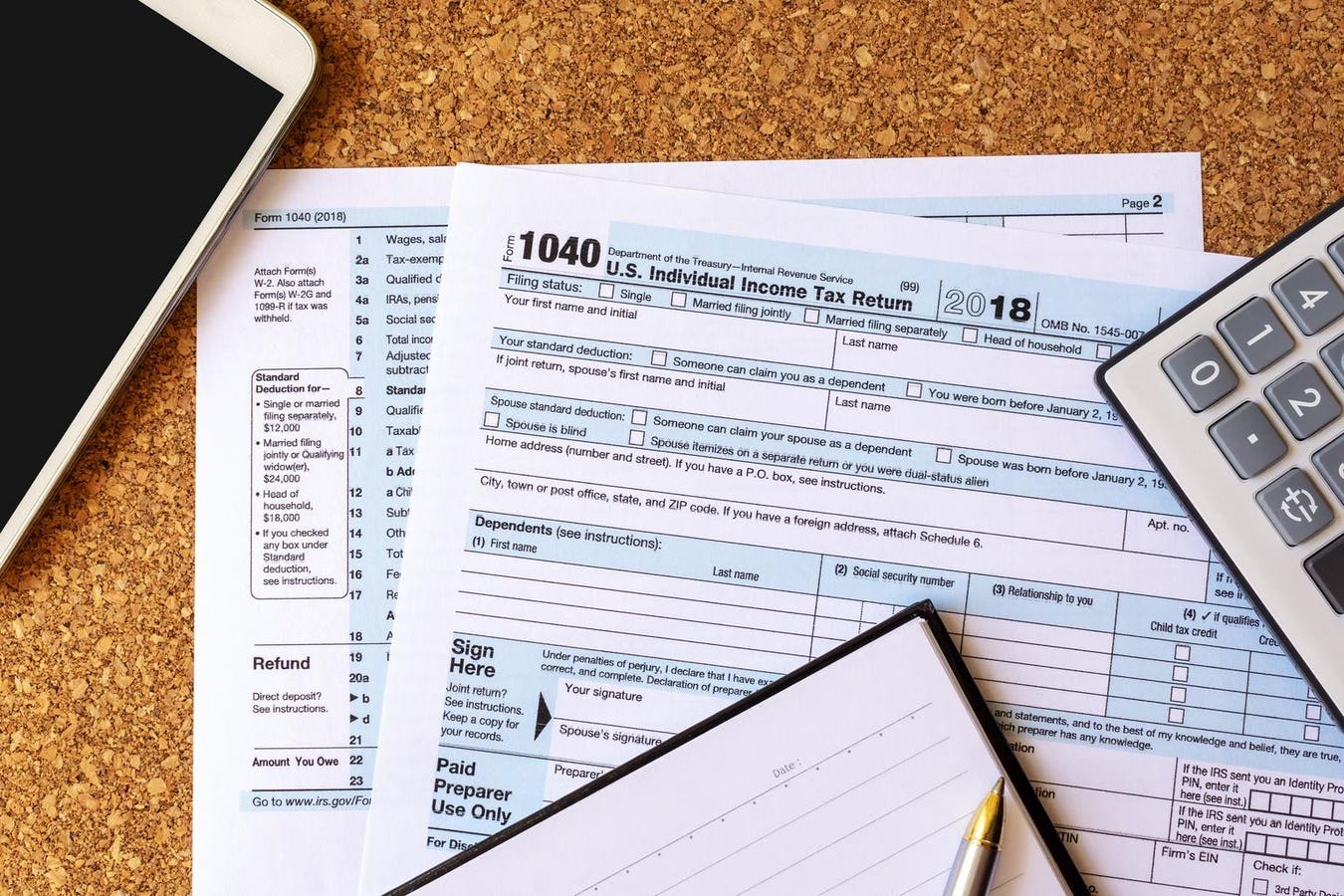The IRS last week issued final regulations on the Setting Every Community Up for Retirement Enhancement Act, enacted in late 2019. The final regs generally follow the proposed regulations issued in 2022.
Despite receiving many requests for change, the IRS kept the most controversial rule from the proposed regulations, its interpretation of the new 10-year rule on inherited IRAs and other retirement accounts.
The SECURE Act eliminated the Stretch IRA for most beneficiaries of IRAs and other retirement accounts. Under previous law, annual required minimum distributions had to be taken by beneficiaries. But the RMDs often could be stretched over a beneficiary’s life expectancy.
The Stretch IRA was replaced by the 10-year rule. For IRAs inherited after 2019, most beneficiaries must fully distribute the IRA within 10 years after it is inherited.
Here’s where the IRS regulations become complicated and controversial.
The regulations divide inherited IRAs into two groups.
The first group is IRAs whose original owners hadn’t yet reached the beginning age for taking RMDs.
A beneficiary of such an IRA can distribute it under any schedule, provided it is fully distributed by the end of the 10 years. The beneficiary can distribute some each year, wait until the end of 10 years to distribute it all, distribute the entire IRA soon after inheriting, or in any other pattern.
The second group is IRAs whose original owners had reached the beginning age for RMDs.
During years one through nine after inheriting, the beneficiaries must at least continue the RMDs under the same schedule the deceased owner was using. Essentially, the beneficiary takes an RMD each year based on the age the deceased owner would have been that year. The entire IRA must be distributed by the end of year 10.
The beneficiaries in the second group can fully distribute the IRA any time before year 10, which would eliminate future annual RMDs.
The 10-year rule applies to both traditional and Roth accounts.
But original owners of Roth IRAs don’t have to take RMDs, so their beneficiaries don’t have to take RMDs during years one through nine. They only need to distribute the entire Roth IRA by the end of year 10.
Because before now the requirement to take RMDs in years one through nine was only in proposed regulations and was controversial, the IRS suspended the requirement the last few years by saying any penalties for failing to take those RMDs in 2021-2024 would be waived.
In the final regulations, the IRS said it wouldn’t make the annual RMD mandate retroactive. The annual RMDs don’t have to begin until 2025. But the 10-year rule applies without modification. Most retirement accounts inherited after 2019 must be fully distributed within 10 years after being inherited.
As a practical matter, the 10-year rule and annual RMD requirement matter to only a few beneficiaries. Most beneficiaries distribute inherited IRAs fairly quickly after obtaining ownership of the accounts.
Read the full article here


















